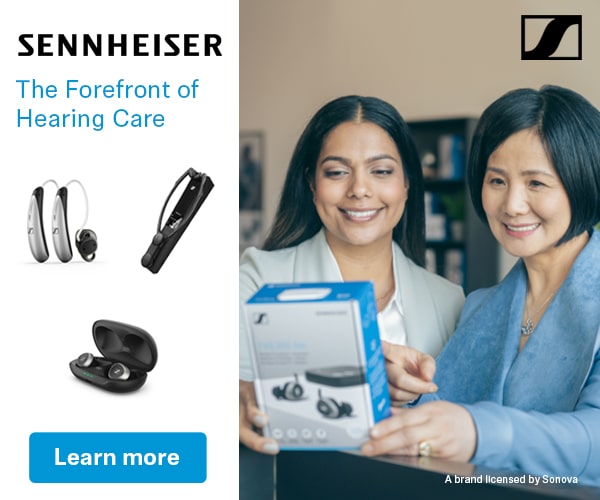Jun. 27, 2017
An article published last week in Pediatrics reports on research which will add critical information to the debate about using sign language and/or spoken language when educating children who are deaf and hard of hearing. As we all know, 92% of children with hearing loss are born to families with normal hearing who do not know sign language. When they have








